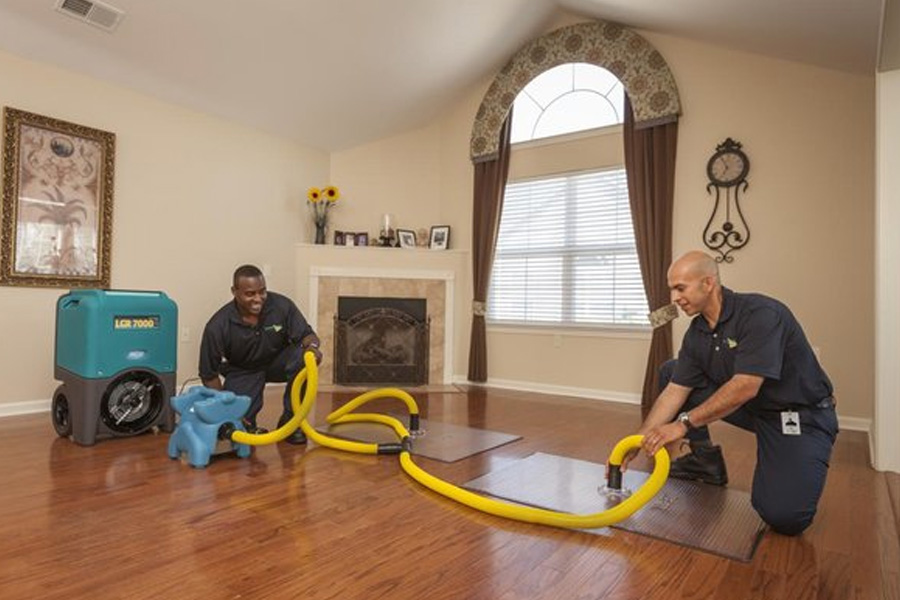
Homes and companies that have water damage may suffer structural problems, the spread of mold, and financial hardships. In Spokane, a city known for its beautiful landscapes and vibrant community, water damage is a common challenge faced by residents and property owners. However, behind the scenes of every successful water damage restoration project lies a comprehensive process orchestrated by skilled professionals. In this article, we delve into the intricate steps involved in water damage restoration in Spokane, shedding light on the behind-the-scenes efforts that restore peace of mind to affected individuals.
1. Assessment And Inspection
Assessment and inspection are the first steps in any water damage restoration project. Skilled specialists meticulously assess the degree of harm, pinpointing impacted regions and ascertaining the kind and classification of the water damage. In Spokane, where a lot of rain and snowmelt can cause floods, early damage assessment is essential to preventing more damage and guaranteeing a quick repair process.
2. Water Extraction
Water extraction comes next after the assessment is finished. Pumps, vacuums, and extractors are examples of specialized machinery that are used to remove standing water from impacted regions. In Spokane, where basements and crawl spaces are susceptible to flooding, thorough water extraction is essential to prevent structural damage and mold growth. Professionals employ industry best practices to ensure efficient water removal, restoring properties to their pre-damage condition.
3. Drying And Dehumidification
The process of drying and dehumidification starts after water extraction. To speed up the drying process, powerful fans and dehumidifiers are positioned carefully to remove moisture from the air and surfaces. In Spokane’s humid climate, proper drying is paramount to prevent mold growth and secondary damage. Restoration experts monitor moisture levels closely, adjusting equipment as needed to achieve optimal drying conditions.
4. Cleaning And Sanitizing
In order to eliminate pollutants and stop microbiological growth, meticulous washing, and sanitization are necessary after the affected regions have dried. Specialized cleaning agents and antimicrobial treatments are applied to surfaces, ensuring a safe and healthy environment for occupants. In Spokane, where water damage can introduce harmful bacteria and pathogens, meticulous cleaning is crucial to restoring properties to a pre-loss condition.
5. Restoration And Reconstruction
Restoration and reconstruction are the last stages of the water damage restoration procedure. Skilled craftsmen repair damaged structures, replace compromised materials, and restore properties to their original state. In Spokane, where water damage can impact both residential and commercial properties, experienced contractors work diligently to rebuild homes and businesses, offering peace of mind to property owners.
6. Monitoring And Follow-Up
To guarantee long-term success, monitoring and follow-up are crucial even after the restoration procedure is over. Technicians conduct thorough inspections and monitor moisture levels to detect any signs of recurring damage or mold growth. In Spokane, where seasonal weather patterns can pose ongoing challenges, proactive monitoring helps property owners safeguard against future water damage and maintain a healthy indoor environment.
Conclusion
The process of restoring water damage is intricate and multifaceted, requiring knowledge, accuracy, and close attention to detail. In Spokane, where water damage is a prevalent concern, skilled professionals work tirelessly behind the scenes to restore properties and provide peace of mind to affected individuals. From assessment and extraction to drying, cleaning, and reconstruction, every step in the restoration process plays a vital role in returning properties to their pre-damage condition. Residents and property owners in Spokane can better manage the difficulties presented by water-related calamities and emerge stronger and more resilient in the face of hardship by grasping the nuances of water damage rehabilitation.

